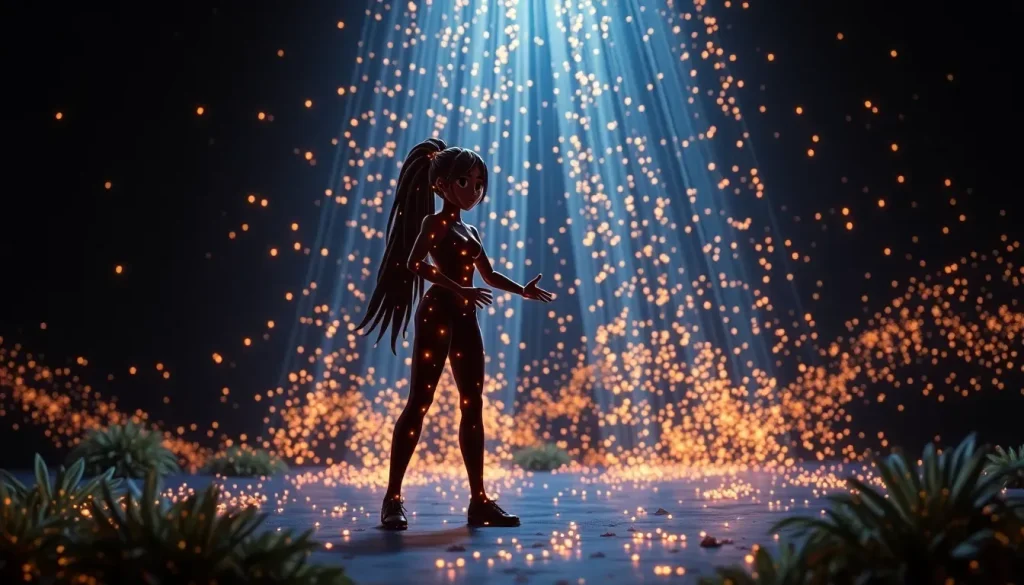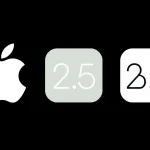Sora 2 Launches: OpenAI's Video Generator Unveils Social Network

OpenAI has recently introduced Sora 2, an advanced iteration of its artificial intelligence model designed to create videos from text descriptions. This exciting development is accompanied by the launch of a new social media platform reminiscent of TikTok, aptly named Sora, which is currently available solely for iPhone users.
The launch of Sora 2 brings with it significant improvements over its predecessor, Sora 1. Users can now generate clips that incorporate dialogue and sound effects, elevating the complexity and realism of the content produced. This evolution marks a substantial leap forward in the realm of AI-generated media.
Key Features and Improvements of Sora 2
One of the standout features of Sora 2 is its ability to produce videos that exhibit a much higher degree of realism. This includes accurately portraying dynamics like rigidity and buoyancy, enabling the generation of sequences that were previously challenging or even impossible to replicate with AI.
- Realistic animations: Sora 2 improves the way movements are rendered, allowing for more natural representations.
- Enhanced audio capabilities: The model can create realistic dialogues and background sound effects, making the experience more immersive.
- Physics adherence: While not perfect, Sora 2 does a better job at respecting the laws of physics in its animations.
OpenAI has showcased remarkable examples created with Sora 2, including a gymnast executing a flawless routine on the uneven bars and a young athlete performing multiple backflips. These examples highlight the model's enhanced ability to depict complex movements and scenarios.
Another fascinating aspect of Sora 2 is its capability to blend AI-generated content with human elements. For instance, it can create scenarios where real people appear seamlessly within AI-generated videos. This feature opens up new avenues for creativity and interaction within the platform.
The Realism Debate: AI-Generated Content
While the realism achieved in most outputs is impressive, discerning viewers may still identify the AI's handiwork upon closer inspection. For example, in videos that simulate real-life situations, certain irregularities can betray the artificial nature of the content. In contrast, animations or stop-motion clips tend to mask these flaws more effectively.
Despite significant advancements, Sora 2 does not yet handle physics perfectly. For instance, in a video depicting a group playing beach volleyball, the ball's movement feels unnatural, and when it bounces on the sand, it reacts as though it were hitting concrete rather than a soft surface. Such inconsistencies serve as reminders of the technology's ongoing evolution.
Initial Launch and Accessibility
The debut of Sora 2 coincides with the launch of the Sora app, a social platform for sharing AI-generated content. Although details about the app had circulated unofficially, OpenAI has confirmed its existence. However, it is important to note that Sora is currently limited to iPhone users in the United States and Canada, and access requires an invitation.
- Exclusive to iPhone: Presently, Sora is only accessible to iPhone users.
- Invitation-only: Users must receive an invitation to join the platform.
- Integration of real people: The app allows users to insert real individuals into their AI-generated videos.
A particularly intriguing feature of the Sora app is its "Cameos" function, which enables users to integrate real people into their AI-generated clips. This functionality provides granular control to ensure that individuals’ likenesses are not misused, addressing ethical concerns often associated with deepfake technology.
Future Developments: Sora Pro and API Integration
As part of its rollout, those invited to use Sora 2 will also have the option to access the model through its web version. OpenAI has announced plans to introduce a Pro variant of this technology for users subscribed to ChatGPT Pro, enhancing the user experience with additional features and capabilities.
Initially, the base version of Sora will be available for free, allowing a broader audience to explore the potential of AI-generated video content. OpenAI has hinted at future API integration, which would allow developers to leverage Sora's capabilities within their own applications, potentially transforming the landscape of multimedia content creation.
Looking Ahead: The Impact of AI in Video Generation
The advancements represented by Sora 2 and its associated app signal a significant evolution in how we perceive and create digital content. As AI continues to improve, we can expect even more realistic and engaging video productions. The technology is poised to disrupt traditional content creation methods, offering new tools for creators and businesses alike.
In this rapidly changing landscape, the ability to generate high-quality video content with the ease of a text description could democratize media production. Here are some potential implications of this technology:
- Empowerment of creators: More individuals will be able to produce professional-quality content without extensive training or resources.
- Marketing and advertising: Businesses can leverage AI-generated videos for impactful campaigns, allowing for rapid content creation tailored to specific audiences.
- Entertainment industry: From films to video games, the potential for AI in storytelling and character development is vast.
The intersection of AI and creative processes is only beginning to be explored. As OpenAI continues to refine Sora and its offerings, we are likely to witness transformative changes in the media landscape, shaping how stories are told and experienced in the digital age.
For those interested in diving deeper into the capabilities of Sora, there's a wealth of online resources available. One such example is a video that explores the features and potential of Sora, which can be viewed below:




Leave a Reply